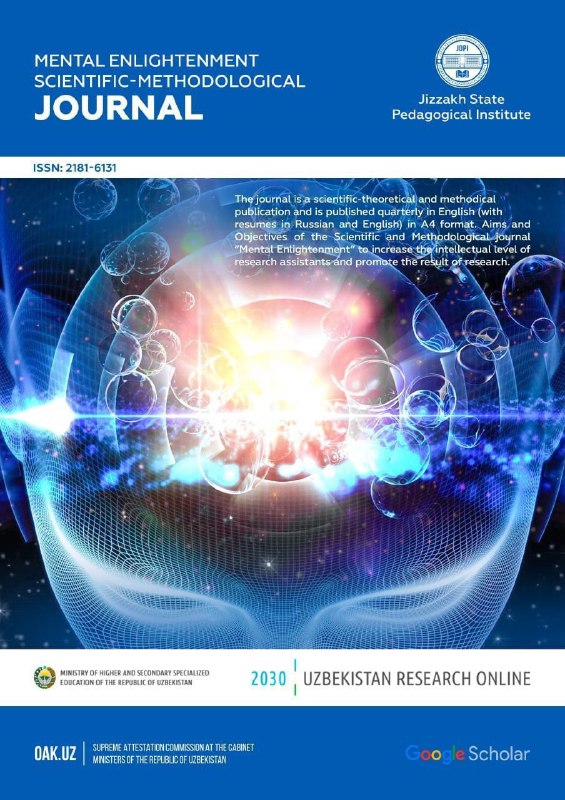Аннотация
Language, which is considered to be a magnificent and prestigious phenomenon, has many functions. Among these functions, the most recognized by linguists and literary scholars are the communicative function and the aesthetic function of language. The fact that it is a means of communication and interaction between people in society determines the communicative function of language, and the fact that it serves to express the mental state of a person, himself and his identity is the aesthetic function of language. The communicative feature of the language is manifested in the simple speaking style, scientific, official-publicistic styles, while the aesthetic function of the language appears more in connection with the artistic style. The aesthetic function of the language is manifested in the artistic text through linguopoetic means. In literary texts, various language units as a linguopoetic tool ensure the readability and effectiveness of the work, and the ideological and artistic maturity and thoroughness of the language of the literary work.
Как цитировать
Библиографические ссылки
Andrievskaya A. A. Indirect Speech in the Fiction of Louis Aragon. - Kiev: Publishing house Kiev, un-ta, 1967. S.23.
Paducheva E.V. Semantic studies (Semantics of time and aspect in the Russian language; Semantics of narrative). - M.: School "Languages of Russian culture", 1996. P.258.
Siddiqova Sh. Quotation syntax. Scientific-methodical magazine “Tafakkur ziyosi” issue 2021/4. B. 128.
Paducheva E.V. Semantic studies (Semantics of time and aspect in the Russian language; Semantics of narrative). - M.: School "Languages of Russian culture", 1996. P.279.
Galkina- Fedoruk E.M. Modern Russian language. - M., 1952. S.408-409.
Zolotova G.A., Onipenko N.K., Sidorova M.Yu. Communicative grammar of the Russian language. - M., 2004. P. 434.
Yuldashev B., Isroilov O. The grammatical and stylistic features of a non-native excerpt and its place in the literary text. Samarkand, 1991. P.35-36.
Siddiqova Isoqovna, S. (2015). Grammatical aspects of reported direct speeches. Electronic Turkish Studies, 10(16).
Shokhida, S. (2018). Methods for developing and giving special courses on “lasers and their practical applications”. European science review, (1-2), 174-176.
Siddikova, S. I. (2020). Lingupoetics of free indirect speech: Brief analysis. International Journal of Psychosocial Rehabilitation, 24(9), 507-516.
Авторы
Fazilat Ibragimova
Jizzakh State Pedagogical University
Ключевые слова:
linguopoetic tool, aesthetic function of language means of expression Uzbek classical literature acromonogramВыпуск
Раздел: Статьи
Copyright (c) 2023 Журнал иностранных языков и лингвистики

Это произведение доступно по лицензии Creative Commons «Attribution-ShareAlike» («Атрибуция — На тех же условиях») 4.0 Всемирная.


